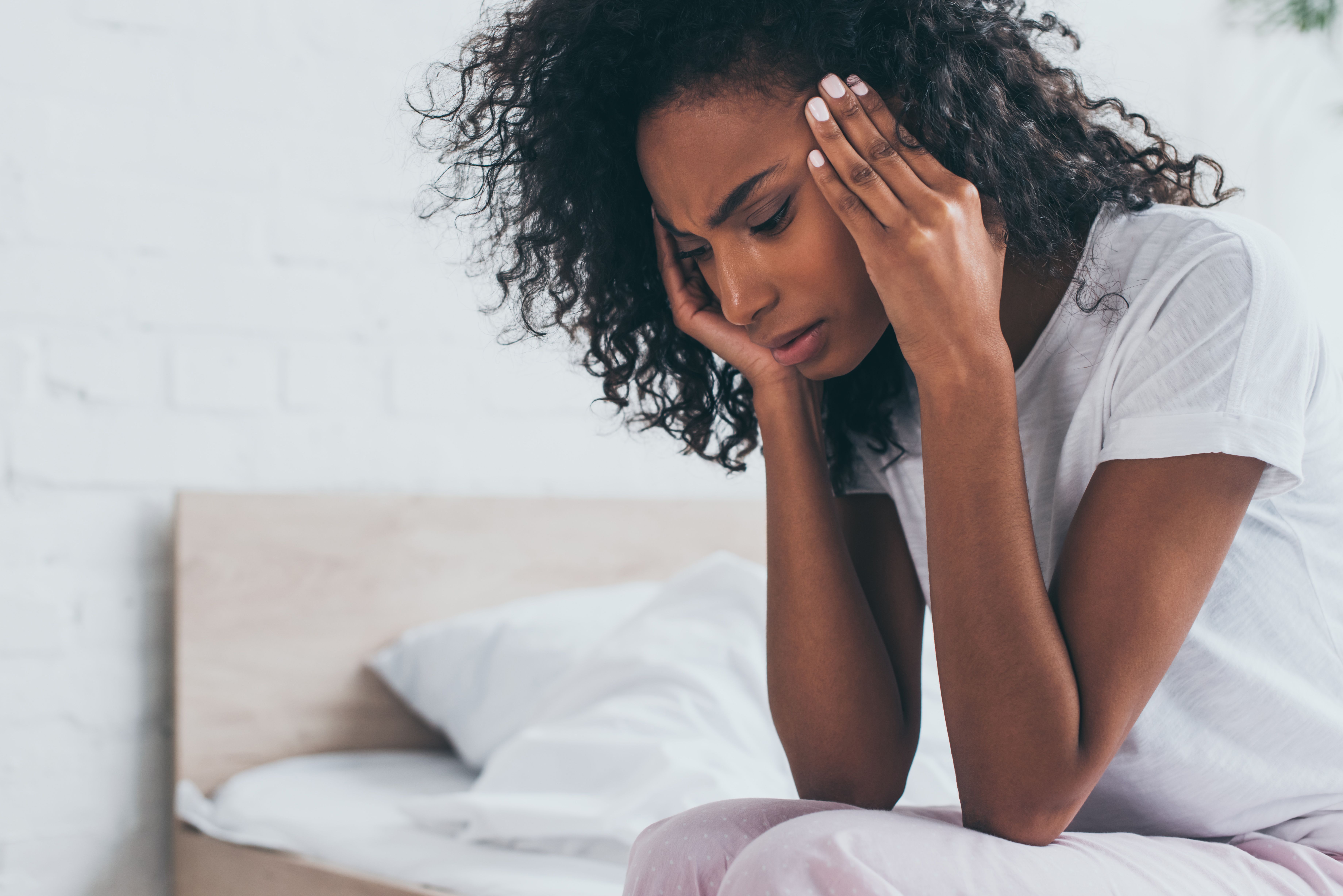News
Article
Vestibular Rehabilitation Shows Promise in Improving Quality of Life for Those With Chronic Bilateral Vestibular Hypofunction
Author(s):
The authors of the study said there is limited research investigating the impact of vestibular rehabilitation for individuals with bilateral vestibular hypofunction.
A 12-week vestibular rehabilitation (VR) program helped to improve the severity of dizziness, kinesiophobia, balance, quality of sleep, activities of daily living, and quality of life (QoL) for those with chronic bilateral vestibular hypofunction (BVH), according to the results of a study published in Medicine (Baltimore).1
LIGHTFIELD STUDIOS - stock.adobe.com

Investigators said there have been a small number of studies that investigated the impact of VR for individuals with BVH. Investigators aimed to determine the effectiveness of structured VR programs on severity of dizziness, kinesiophobia, balance, and QoL for this population.1
According to the study authors, “BVH is a disease characterized by peripheral abnormalities of the bilateral labyrinths or the 8th cranial nerve (vestibulocochlear nerve), causing decrease vestibulo-ocular reflex, oscillopsia, and instability.”
Those with BVH have trouble walking on uneven ground, walking in the dark, traveling in moving vehicles, and driving in the dark and rain. They also have strange sensations and feelings of instability when moving their head.1
In a national survey for the prevalence of BVH, approximately 28 per 100,000 individuals in the United States had BVH in 2008, according to a study published in JAMA Otolaryngology-Head & Neck Surgery.2 Of the individuals in the survey, 44% reported that their driving habits changed, 56% reported a reduction in social activities, and 58% reported difficulties with activities of daily living.2
In the study, 25 individuals who had BVH participated in a structured VR program of 50-minute sessions once a week as well as a home exercise program 3 times a week over the course of 8 weeks. Individuals in the study visited the Ear Nose and Throat Polyclinic of Sakarya Training and Research Hospital from September 2021 until April 2022. They ranged from 20 to 80 years of age and had symptoms for more than 3 months from the onset of illness. Five individuals were excluded before interventions and statistical analysis.
Investigators used a visual analog scale for dizziness, the Tampa scale of kinesiophobia, semitandem, tandem, and standing tests for balance, Pittsburg sleep quality index, the vestibular disorders activities of daily life, dizziness handicap inventory for QoL, and the fatigue severity scale at baseline (T1), fourth week (T2), eighth week (T3), and twentieth week (T4) after the study began.1
The findings showed significant differences in the tandem test and 1 leg stand test, showing improvements in T3 to T4 periods. Further, there were significant improvements in vestibular disorders activities of daily life, Tampa scale of kinesiophobia, Pittsburgh sleep quality index, and dizziness handicap inventory in favor of the T3 to T4 periods.1
Investigators also found significant differences in the visual analog scale in favor of T2 period.1
The study authors noted that balance, severity of dizziness, QoL, sleep quality, kinesiophobia, and fatigue were not evaluated before this study. However, a limitation of the study was that physical activity levels were not evaluated. Investigators also did not use the Visual Vertigo Analog Scale because it did not have validity and reliability in Turkey.1
Reference
- Genç SG, Budak M, Yilmaz MS, Algun ZC. Effects of structured exercise program on severity of dizziness, kinesiophobia, balance, fatigue, quality of sleep, activities of daily living, and quality of life in bilateral vestibular hypofunction. Medicine (Baltimore). 2023;102(30):e34435. doi:10.1097/MD.0000000000034435
- Ward BK, Agrawal Y, Hoffman HJ, Carey JP, Della Santina CC. Prevalence and impact of bilateral vestibular hypofunction: results from the 2008 US national health interview survey. JAMA Otolaryngol Head Neck Surg. 2013;139(8):803–810. doi:10.1001/jamaoto.2013.3913
Newsletter
Stay informed on drug updates, treatment guidelines, and pharmacy practice trends—subscribe to Pharmacy Times for weekly clinical insights.





